Maturing Your People Analytics: Better Insights, Stronger Teams
Sisense
NOVEMBER 5, 2020
Even with this uptick in HR experts who know how to work with data, only about 29% of professionals are taking advantage of insights from people analytics. One reason for this is that many organizations have not progressed beyond simple reporting to applying more advanced analytics of seeking trends and generating predictions.

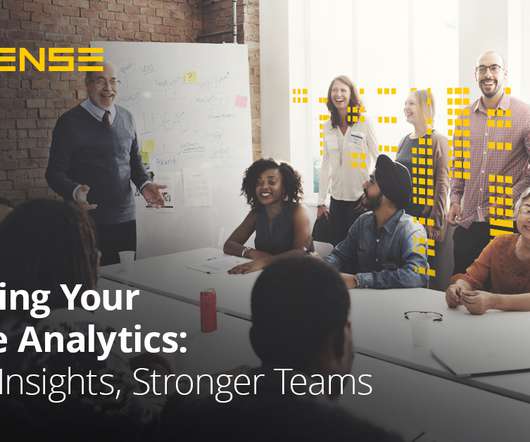

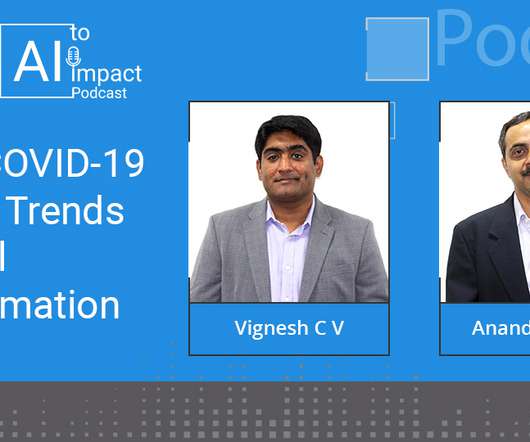

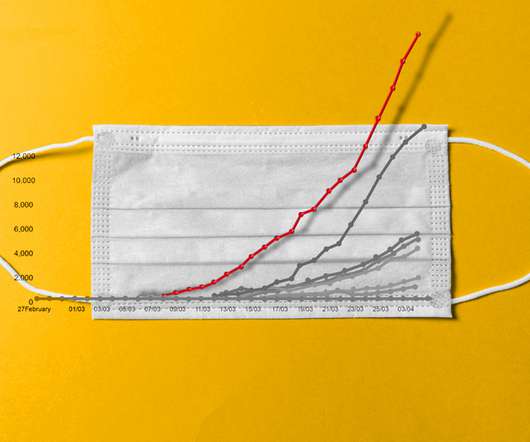
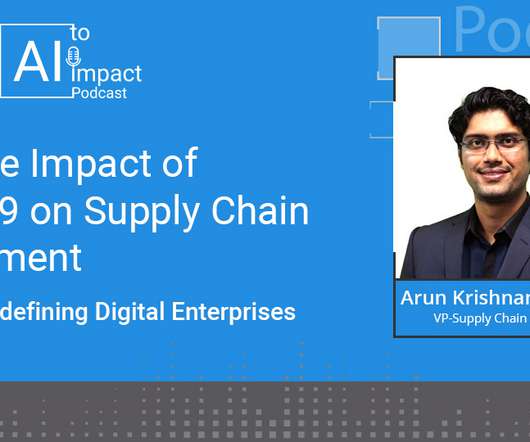

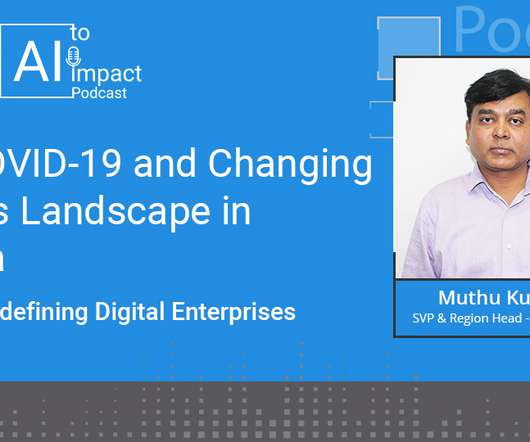
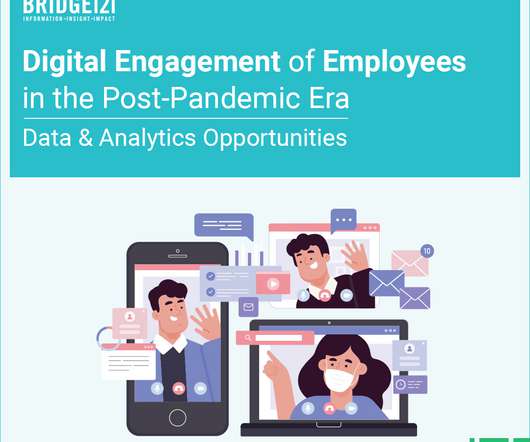









Let's personalize your content